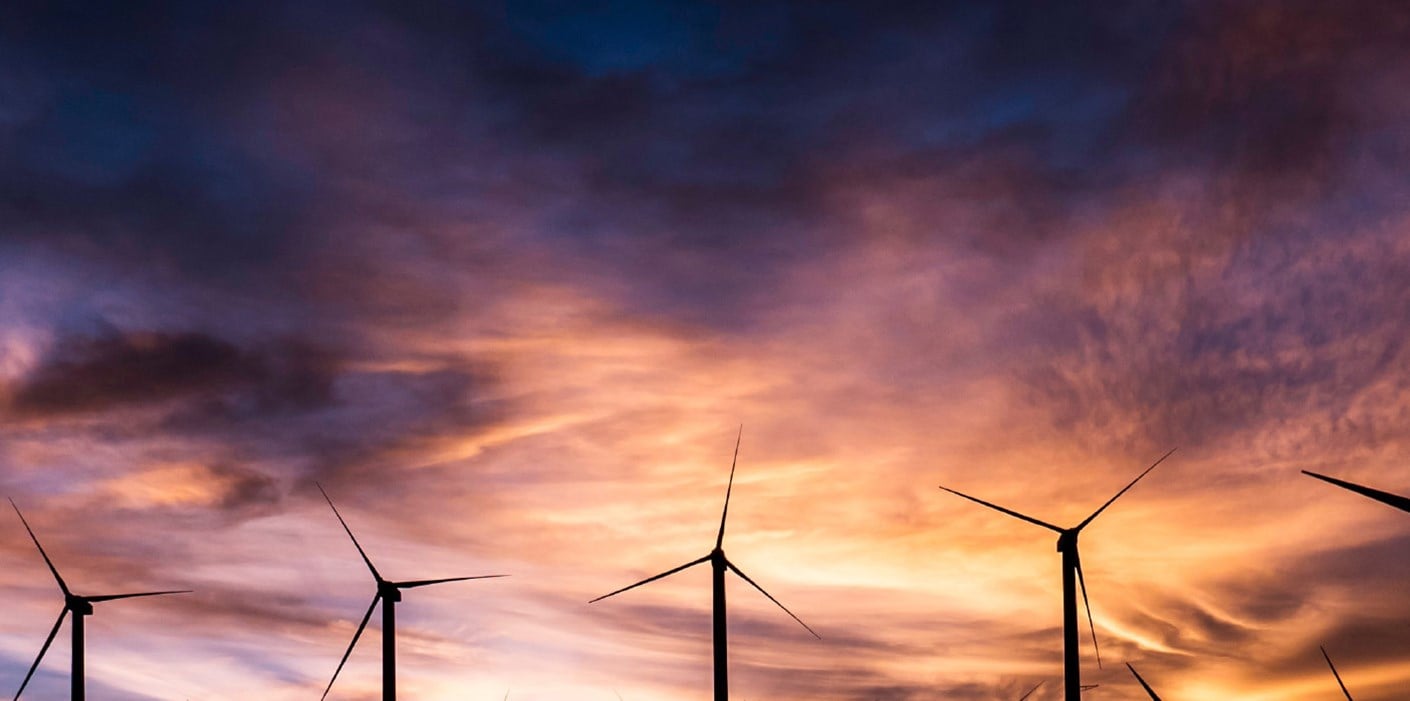As originally published on 28 July 2020 in the Spinifex column on The Fifth Estate
While 700 global companies major countries are including green strings in their recovery plans, there are worrying signs of reversal among some heavyweights. Which way will Australia fall?
The COVID-19 pandemic created a truly global, systemic shock with some of the most significant human and economic consequences we have ever seen. At the same time it has provided glimpses of the positive implications of reduced travel and consumption and opened a window for climate action and transition that would have been unimaginable six months ago.
We have seen some dramatic improvements in emissions levels and air and water quality from the lock down of populations and cancellation of travel.
At the height of the global COVID lock down, carbon emissions from the UK dropped by about 31 per cent and in Australia, emissions fell by 28.3 per cent for a period during April. The International Energy Agency (IEA) estimates that global emissions will decline by 8 per cent in 2020.
But in order to achieve the Paris Agreement – the global agreement for the reduction in emissions – we need a further 7 per cent reduction in global emissions, every year for the next decade.
We currently have a perfect opportunity to identify which of the previously radical climate change solutions could be locked-in to build more sustainable economies.
But will it be a case of “back to the future”? Carbon emissions dropped in response to the GFC in 2009. But in the following year, emissions reached a record high, in part because governments implemented mainly traditional construction measures to stimulate economies, with limited regard for the environmental consequences and sustainability outcomes of this strategy.
There is a very real risk that the rebound post COVID will also accelerate emissions as people get “back to normal”.
In fact emissions are already surging back to pre-pandemic levels as states and countries reopen.
By mid-June, global emissions rebounded to roughly 5 per cent below 2019 levels. Emissions in China had returned to pre-pandemic levels.
In many ways, the post-COVID-19 “recovery” will be our greatest test, and the one our children and grand-children will hold us accountable for. Do we have the courage and the willingness to make the changes necessary to ensure the low carbon economy transition is a reality?
We need to “build forward better”. We cannot go back to the old approach and models but rather we need to take this opportunity to recognise and use all forms of capital to build more resilient and sustainable communities and economies.
There are signs that this is striking a chord with governments, companies and individuals around the world.
One of the first institutions to call for a dual approach to recovery was the IEA. Dr Fatih Birol, International Energy Agency executive director says: “Governments have a once-in-a-lifetime opportunity to reboot their economies…. while accelerating the shift to a more resilient and cleaner energy future”.
Similarly, the International Monetary Fund is advising that fiscal stimulus packages should be based on green measures enhanced by the scrapping of fossil fuel subsidies and the taxing of carbon.
A growing number of corporate leaders are also calling for government stimulus packages to have “green strings attached”.
To date, more than 700 companies globally have signed open letters to world leaders, calling on them to ensure that economic stimulus packages address both the impacts of the coronavirus and the ongoing climate crisis.
Investor, regulator and customer pressures are also driving the investment of billions of dollars into the actions required to transition to a lower carbon economy.
How major countries are making their stimulus investments green
Europe has embraced a $1 trillion-plus “green stimulus” to rebuild better.
In Spain, the government released a draft law banning all new coal, oil and gas projects.
Germany plans to spend almost one-third of its €130 billion stimulus package on renewable power, public transport, building renovations and developing the hydrogen and electric car industries.
France and Austria plan to make their airline bailouts contingent upon climate-friendly provisions.
China has also announced green initiatives with $1.4 trillion investment into a wide range of low-carbon technologies that facilitate the transition away from fossil fuels.
While others are reversing climate gains (and some US states have criminalized environmental protest)
At the same time there are governments and industries that have used COVID as the catalyst to wind back policies and slow carbon transition in the name of economic recovery.
In the US, some companies have lobbied to reverse single-use plastic laws, while three states have criminalised environmental protest.
In Europe, some car manufacturers are pushing to loosen emissions standards. Globally, some airlines are lobbying to stop using 2020 as a baseline emissions year, and China has announced it will loosen environmental legislation to boost the post-coronavirus recovery.
In Australia, it remains unclear whether government stimulus will be tied to a low carbon recovery.
While both NSW and Victoria have announced measures to fast track sustainable projects, much of the government stimulus investment is being directed towards improved road networks.
This is the same model that was adopted for a construction led recovery, post the Global Financial Crisis in 2008/9. Instead of “building forward better”, we run the risk of just “building back”.
The decisions we make now, will determine whether the world meets or misses the emissions goals of the 2015 Paris Agreement.
Will we continue to warm the planet to dangerous levels and endure increasing air pollution, damaging and deadly droughts, heat waves, floods, wildfires, and storms or collapsing economies that failed to adapt? Or will we take action so that our children have a future they would thank us for?

